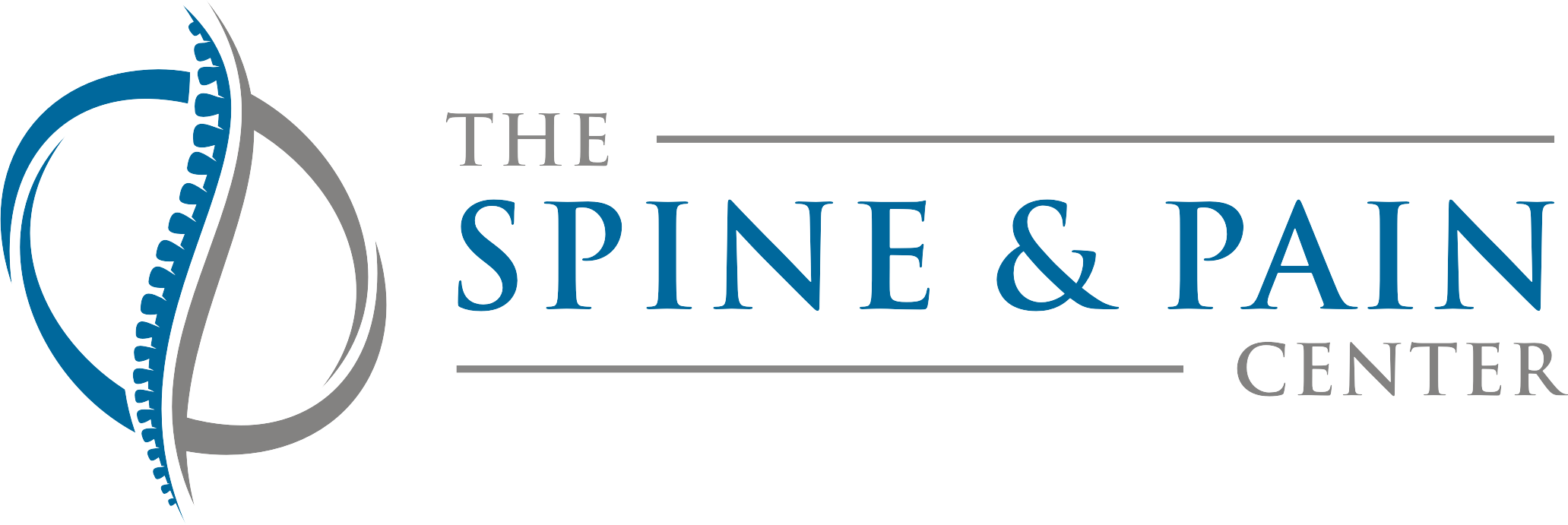Defined
Mild electric currents are sent to the spinal cord to reduce back pain with a spinal cord stimulator. This surgically-implanted device is also called neurostimulation. In this type of therapy, a physician from The Spine & Pain Center implants a generator and small wire leads along nerve fibers in the spine interfering with pain signals as they are being sent to the brain. This invasive treatment option is typically recommended for patients who experience chronic back pain but have yet to feel adequate relief from alternative therapeutic methods. Prior to patients being outfitted with a permanent device, a physician must insert a trial stimulator and determine the efficacy of this treatment option. Should the patient experiences a significant improvement in their pain symptoms from the trial stimulator, a permanent spinal cord stimulator will be implanted shortly thereafter.
Procedure
Before a permanent device can be implanted, a trial stimulator will be required. The procedure will take between one to two hours. The patient is given a sedative to reduce pain and discomfort and lies face down on the operating table. The Spine & Pain Center physician cleanses and numbs the incision sites located near the mid-back and buttocks. Small wire leads are fastened along the epidural space and attached to the generator to control stimulation with the aid of a fluoroscopy. The wire leads are then attached to an extension wire and the pulse generator is surgically implanted in the buttocks. Tests are completed in order to determine the efficacy of the spinal cord stimulator before the incisions are closed.
After Care
Following the procedure, the medical team at The Spine & Pain Center will monitor the patient’s vitals before discharging the patient. The patient will receive instructions and prescription pain medications to lessen post-procedural pain. Some patients develop adverse reactions from the permanent spinal cord stimulator, though it is rare. Should you develop a fever, increased pain and swelling, sudden weakness in the lower extremities, loss of bladder or bowel function, or if signs of an infection are present, call your physician at The Spine & Pain Center immediately.


